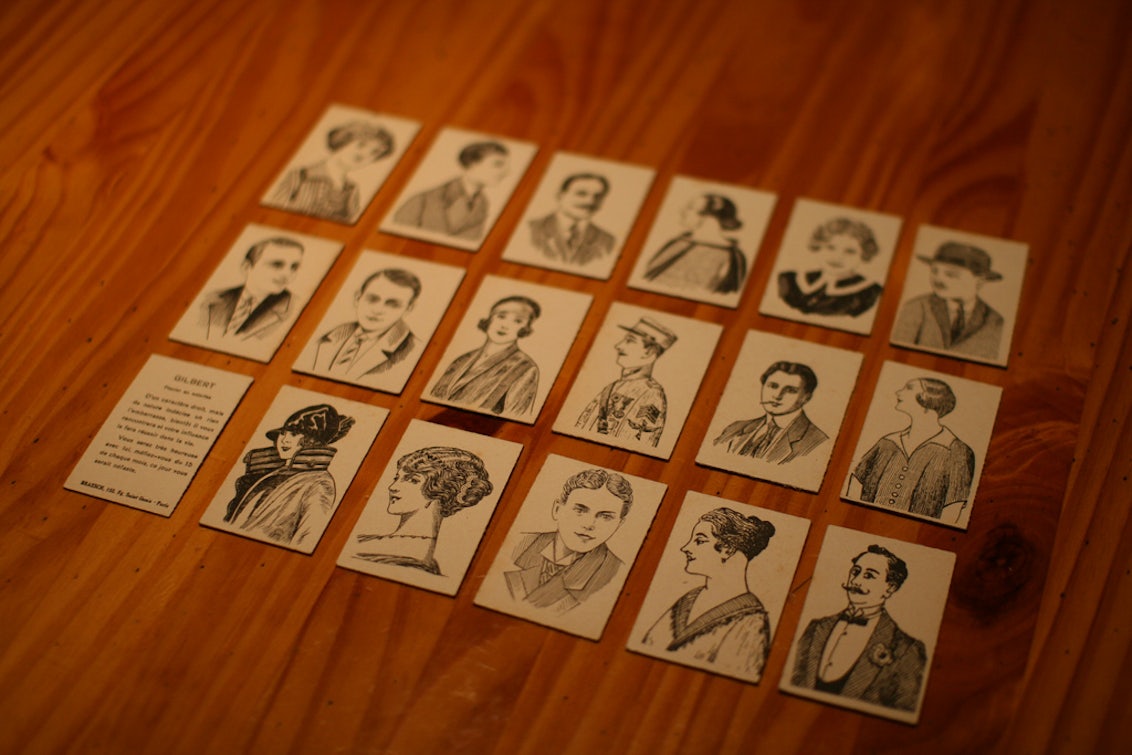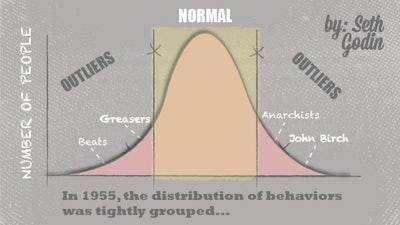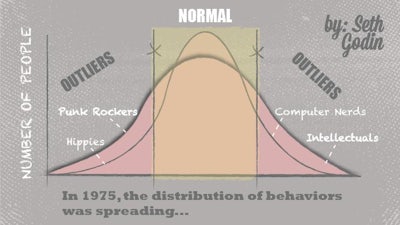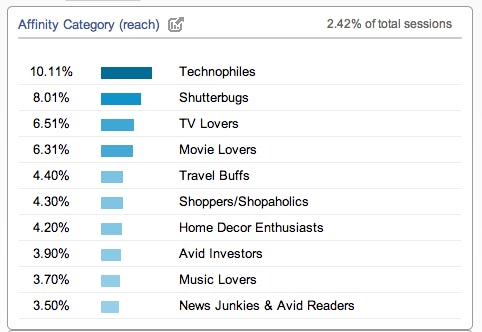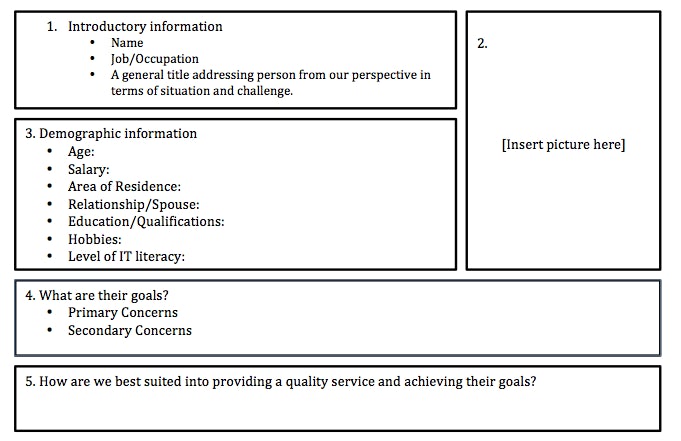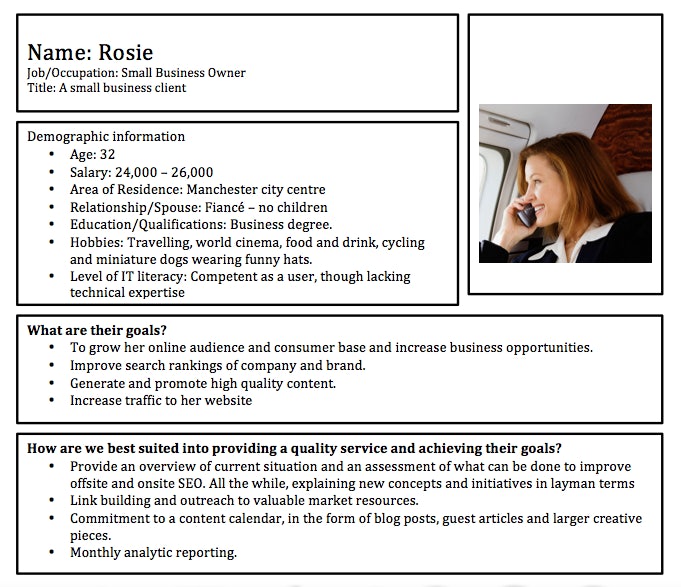Since time immemorial, marketers have been creating personas to illustrate and humanise their audiences to better understand them. As marketing continues to evolve as an industry, and in terms of techniques, creating fictional characters or archetypes remains a constant and fundamental process to better define campaigns and messaging. Not only do you make your ‘audience’ easier to relate to, as someone you might know, but it is also a good way of collectively focusing your marketing efforts as a team.
“The idea behind personas is to more easily understand the behaviour and mentality of your intended audience so you are better prepared to engage them.”
Creating personas is just as important, if not more important in digital marketing; especially when you factor in varying levels of online computer literacy across age demographics. It might not be as simple, however, as it used to be – since audiences have only grown more diverse over the decades. The internet accommodates for a much wider ranging spectrum of people and the channels now exist for marketers to utilise with.
Seth Godin has provided insight into the ways personas have changed over the decades. In the 50s, marketing was geared towards reaching out to the most mainstream audiences, with outliers existing in the periphery. In those days, your main channels of communication were not as diverse as they are today, mainly lying in TV, radio and printed media.
By the 70s, you were seeing more alternative movements dividing the conventional markets as well as an expansion of media outlets.
Today of course, the normal has diversified even more, and even some of the outliers hold quite an impressive potential for marketing. Internet is more widespread but perhaps more readily used by those under the age of 40. Younger audiences expect to interact more with their brands through mobile devices and social media. Meanwhile, the ageing population will still connect with TV, radio and print media. In a lot of ways, the marketers role has become far more advanced as we try to decipher which groups to target and the best means of doing so.
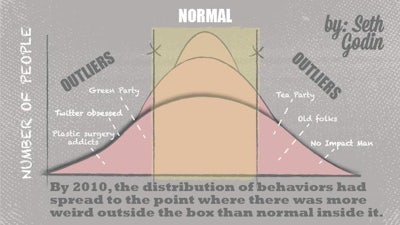
There are companies out there that will charge a fortune to create archetypes for your business, but it doesn’t have to be overly complicated or even expensive. We have put together the following steps so that you may construct your own personas and better understand your customers.
Your Research
Ideally, before you create your personas you will need access to concrete market intelligence revolving around your brand and industry. You need to obtain a good idea of your current audience. It may be the case, that you already have a clear idea of who this might be. Alternatively, if you are a new business or looking to capitalise on new markets, you need to look at your competitors and how they engage with their audiences. Whatever your inkling, it always pays to take the effort and perform the following steps. You may have a clear idea of your audience, and be so sure of who that person is but research may unearth new factors that could make you realise alternative strategies or even new customers.
There are a number of ways you can find immediate information about your audience. Your first port of call should be Google Analytics.
Using website analytics tools
Google analytics is a great way of gaining basic information; your web traffic, and the kinds of people that may be accessing your site. There is a fairly comprehensive set of monitoring tools that brings a surprising level of detail to your audiences (albeit on aggregate). As an example, we are using our own website impression.co.uk as a test. We’re a digital marketing agency based in Nottingham, specialising in digital marketing campaigns.
To begin simply, Google Analytics is able to reveal that 56% of our traffic is likely to be aged between 25 and 34, whilst 36% is aged between 35-44. In terms of gender, over 3/5 of our audience is male.
In terms of location, the majority of our traffic originates from English speaking countries, with the UK and US being the highest, which is of course expected. More interestingly, Google Analytics is able to give us more insight into the behaviour and interests of our audiences.
For example, below is a screenshot of what are audiences appear to be most interested in.
With this information, you can see already how we can begin to get a picture of what our audience might look like. Male and females, aged between their mid-twenties and thirties. They are predominantly tech savvy and computer literate, with a penchant to keep up to date with the news. They like to travel and have a strong affinity for culture and media. The majority of our users browse via desktop via Chrome and Mozilla (always a good sign!) and a growing percentage are of course using mobile devices.
This idea is particularly useful when planning creative content, something we often work on with our clients who are looking to build on their search optimisation or social followings.
Involve your team as much as possible.
No one will have a better idea of your audiences than those within your ranks who deal directly with them. Larger organisations will want to liaise heavily with their customer service representatives, for example. For smaller organisations, this is always a good opportunity to open the floor and allow your staff to talk freely about the kinds of customers they work with on a regular basis. When we work with SMEs in workshops, this is a great whiteboard activity.
Keep tabs over your social media channels.
Social media is a great way of connecting to your audiences and gaining valuable market insight. You can gain a good sense of your audience, their interests and the people who they associate with on regular basis.
Gain direct feedback from your audience.
Where possible see this as an opportunity to talk to your audience and get to know them. If you are gaining enough traffic to your website, you may use it as a means of delivering a survey where you can specifically craft a line of questioning that can provide all the most relevant information you want to know. There are a number of online feedback services you can use for free or a small fee that are extremely easy to install, though you may need to speak with your website manager to get them fully working.
Essentially, all of these methods will help you build a more realistic picture of your audience, making more accurate personas that will be of more worth to your marketing efforts in the long run.
Building your archetypes
Once you have your information and a good understanding of your audience, you’ll want to put it together into a profile. We have created a very basic template to cover the kind of information you may want to feature in your persona profiles. Essentially, you can go in depth as you like with your archetypes. Some companies do go into scary levels of detail involving sleep cycles and daily routines! When dealing with online audiences, the lines are usually somewhat blurred and as a result we keep ours nice and accessible – nothing too scary.
1. Introductory information – A formal introduction always goes a long way in making an impression, and this applies doubly so for fictional characters! Giving your persona a name makes them more identifiable as a person and more effective as a target to consider marketing towards. The name effectively gives meaning to an ideology. When your staff think of ‘Sarah’ for example they will instantly think of all the other details culminating in her persona.
2. Photo – It is always a good idea to visualise your persona with a picture. This way, your marketers have a face they can see when they’re creating narrative or messaging. This might be taken from stock imagery, it is usually best if the photos aren’t of someone the team know.
3. Demographic information – More general info about their life will add further colour to your persona’s life and exploits.
4. What are their goals and challenges? – They are considered your customer because they require a service which you can provide. What is it they want to achieve with their business by contacting you? What are the their primary concerns and anything else that could be considered a bonus? If they are causally browsing – perhaps some content you’ve produced for that audience – what are they likely to want to do with it?
5. How can you help? – Finally, you want a concise statement outlining how you are best capable of meeting your customer’s demands and goals. This will ultimately inform your messaging. Make their goals as easy as possible. Reduce potential “pain points”.
We have provided an example of a market persona below, again this is from our own perspective as a digital marketing company.
Considerations
There are a number of considerations to be made, to ensure that your personas don’t work against you. They are here to guide you and your marketing team with a clearer sense of your customers and their objectives. It can be particularly damaging to make assumptions of your audience for example, as this will always lead to problems further down the road, which is why we insist on take the time to research your intelligence and maintaining an open mind on what you might be neglecting.
In addition there are a number of other caveats associated with creating personas, not least of all because they are in the end just fictional characters. Arguably, personas are useful for more mass market theatrics. Of course what is generally considered mass market or normal has skewered over the last couple of decades. The internet has effectively levelled the playing field as there are so many channels of communications and preferred mediums to utilise in order to connect effectively with your audiences.
On the whole, we believe that taking the time to commit to serious market research and creating archetypes to be a thoroughly useful exercise. No two people are ever the same – yes. Everybody has their own inconsistencies and volitions which make them unique requiring a slightly different approach, which can be tricky to implement. In the end, creating no more than 5-6 archetypes is useful for providing a face for your consumer base which can make it easier to pitch towards.
Banner credit: Nicolas Nova (via Flickr)
